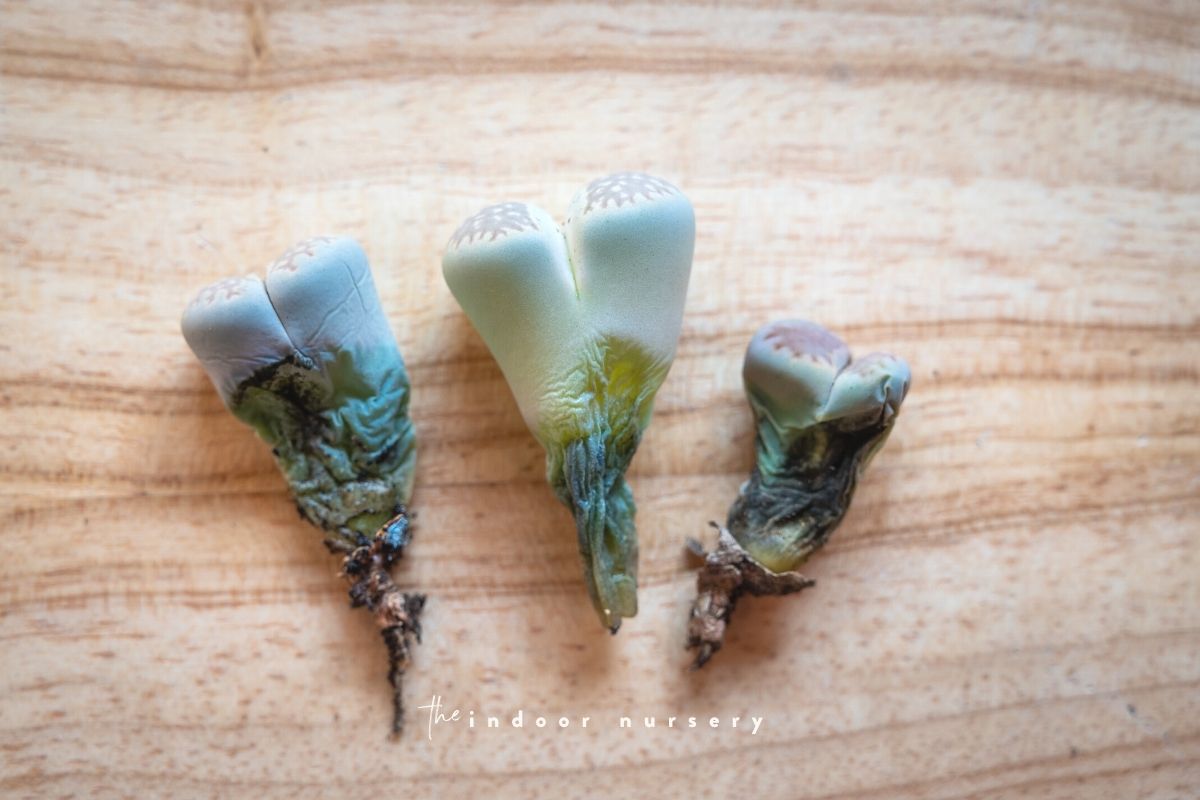Key takeaways:
- Root rot is caused by the roots not being able to get the oxygen and nutrients they need for the plant to thrive.
- Common signs of root rot include wilted or yellowing leaves, dark or mushy roots, and easily detached roots.
- To treat root rot, the affected roots must be removed and the plant re-potted in fresh soil with good drainage.
As scary as it sounds, root rot is a common problem experienced by many plant growers. It can often be a tricky balance to find the perfect combination of water, sun, pot size, and fertilizer for your plant—and sometimes even when you think you’ve found your perfect balance, your plant can suddenly show signs of distress!
While being a plant parent can be tricky, knowing the signs of different conditions and the best way to prevent and treat the problem is a key factor for having a healthy, happy garden.
By the end of reading this, you’ll be able to let out that breath you’ve been holding since you saw the first mushy spot on your plant’s leaf.
What is root rot?
Root rot is pretty much as it sounds—it is a condition where the plant’s roots rot. This can happen through several factors, which we will touch on in more detail later in the article. As a general principle, root rot happens when the roots of the plant are not able to get the oxygen and nutrients that they need for the plant to thrive. The roots are the basis of plant health, and plants will quickly die if these roots become infected or suffocated.
Root rot most commonly occurs through one of these mediums: either the plant is overwatered, leading to drowning or suffocation of the roots, or fungi or bacteria take hold of the plant’s roots.
Fungi and bacteria can take over through an overly moist environment (their favorite environment), or they can pre-exist in used pots and soil. Fungi that most often take hold of the plant include Pythium, Phytophthora, Rhizoctonia, and Fusarium. Another less common type of Armillaria, or “shoestring rot,” which often damages hardwood and conifer trees.
How to identify root rot: Classic signs of root rot
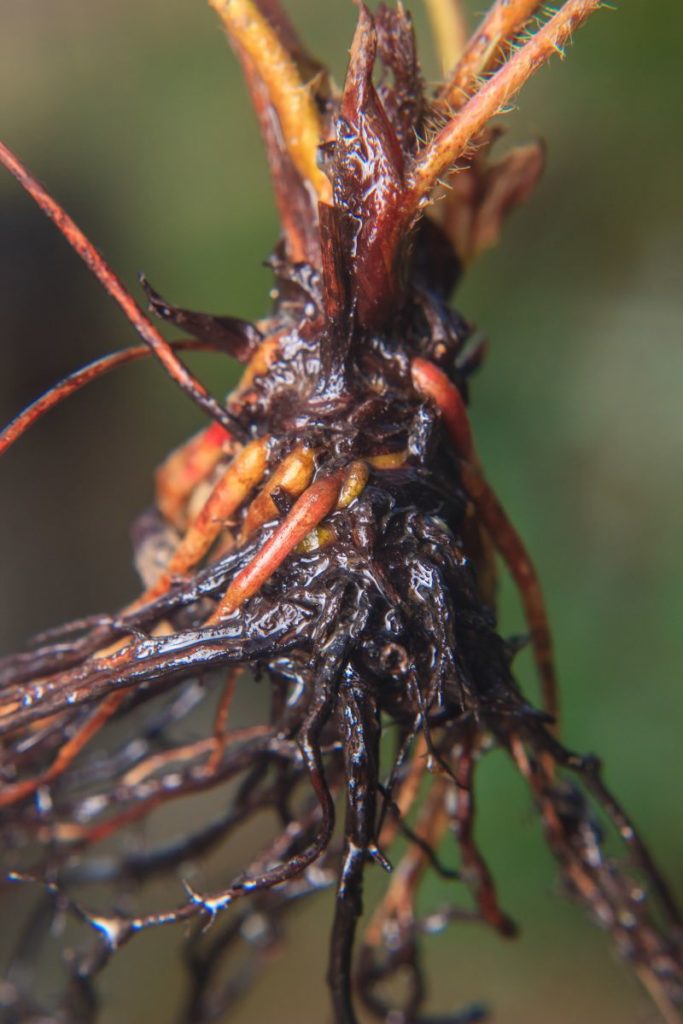
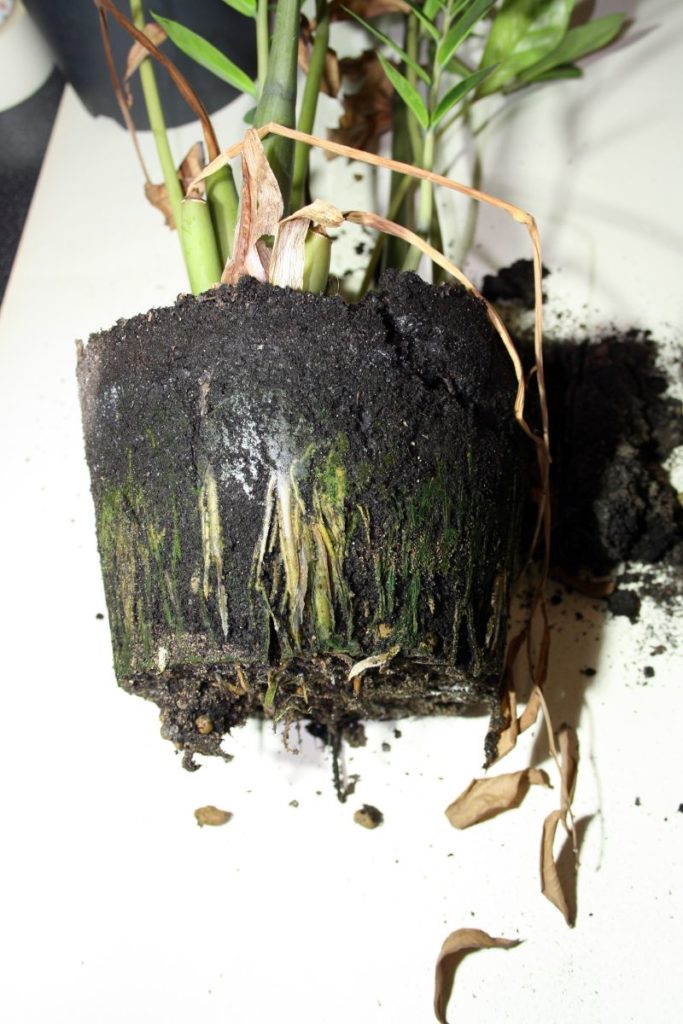
When the plant’s roots become waterlogged and unable to absorb necessary oxygen and nutrients, there will be clear signs of trouble. While these may be missed by the untrained eye, knowing the signs can help you quickly identify the problem as root rot and take the necessary actions to save your plant.
The most common signs to look for include:
- Wilted or yellowing leaves. If you start to notice the leaves of your plant are yellowing or wilting, it may be a sign that the plant is not getting the nutrient it needs because the soil is oversaturated with water.
- Dark or mushy roots. Dark or mushy roots are a clear sign that your plant is experiencing root rot. In many cases, the affected roots can be removed, and the healthy ones kept to replant in new soil.
- Easily detached roots. If the roots easily come off the plant when you touch them, it is a sign they have rotted. It is important to remove these affected roots so they don’t contaminate any healthy ones.
- Fungus gnats. If fungus gnat larvae are present, they will quickly feed on root hairs or roots. This leads to a quick decline of the plant and should be taken seriously.
Take a look at a few different types of plants with root rot that Redditors are sharing:
How to save a plant with root rot
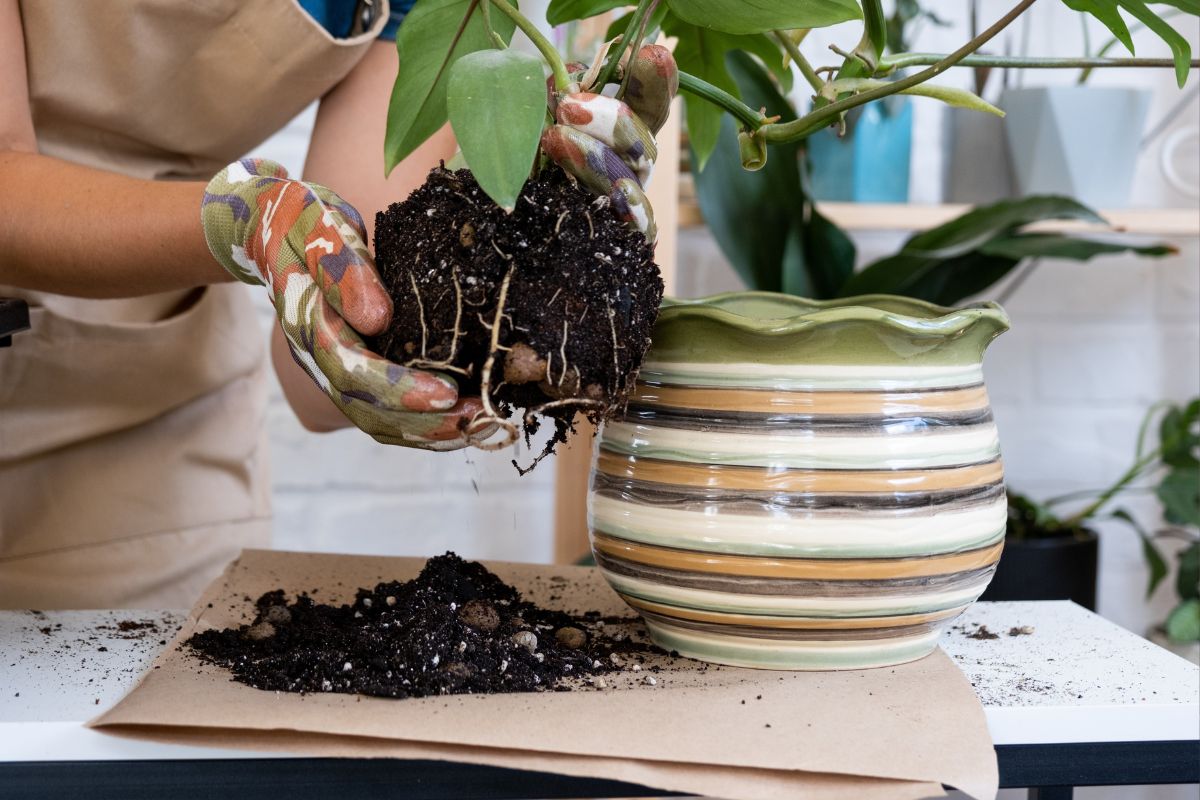
To save a plant from root rot, there are a few simple tricks to give your plant the best chance at redemption. If all of the roots are decayed and falling off, the plant may not be able to be saved, and you should examine the plant as soon as you suspect root rot. To treat root rot, the most important component is to remove the affected roots from the healthy plant.
However, if any healthy roots are left, you will want to follow these steps for how to fix root rot:
What you’ll need
- Sharp scissors
- An appropriately sized pot. The pot should leave about 1-2 inches for root growth
- Porous material, such as a coffee filter
- Fungicide solution
- Fresh potting soil with good drainage
How to fix root rot, step by step.
Follow these steps for healthy, happy roots. Skip treatment on especially weak plants:
Remove the plant from the soil. Wetting the soil can help for easier removal.
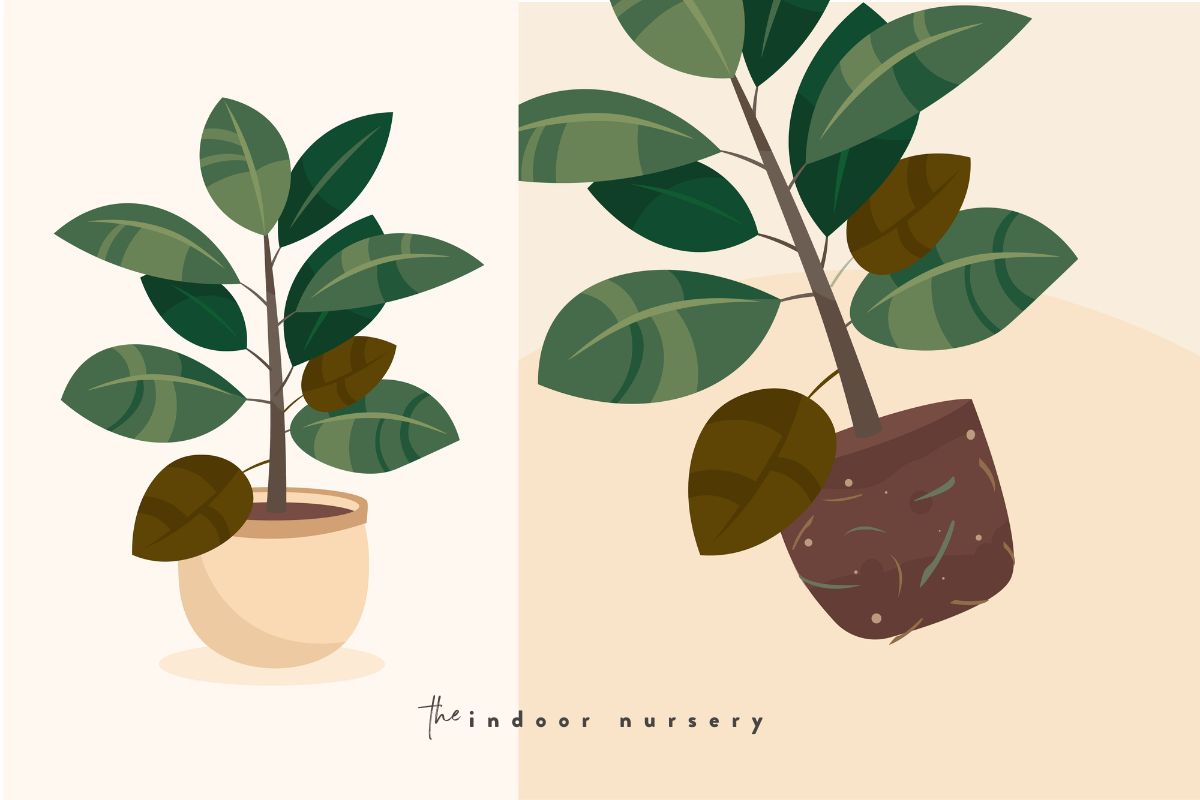
Detangle and separate the entire root system.

Using sharp scissors, cut the affected roots from the root system and leave the healthy ones.
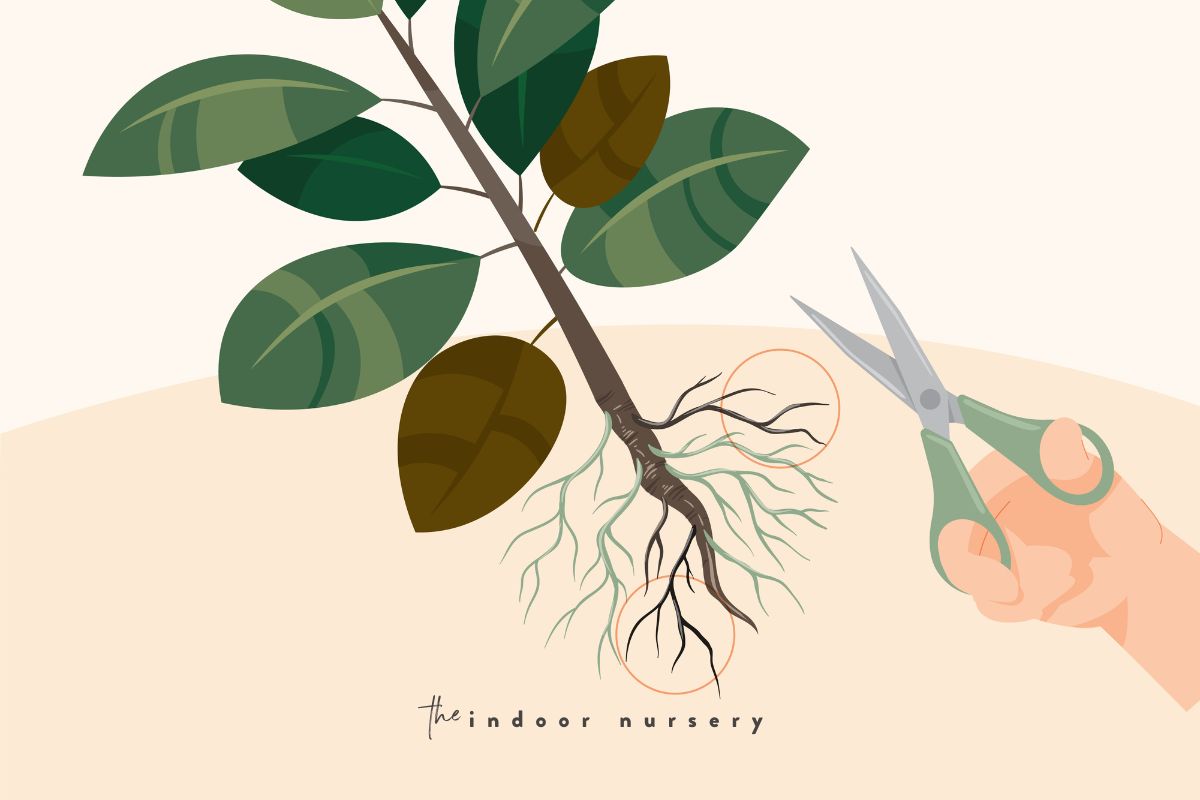
Disinfect a new pot with drainage holes at the bottom.
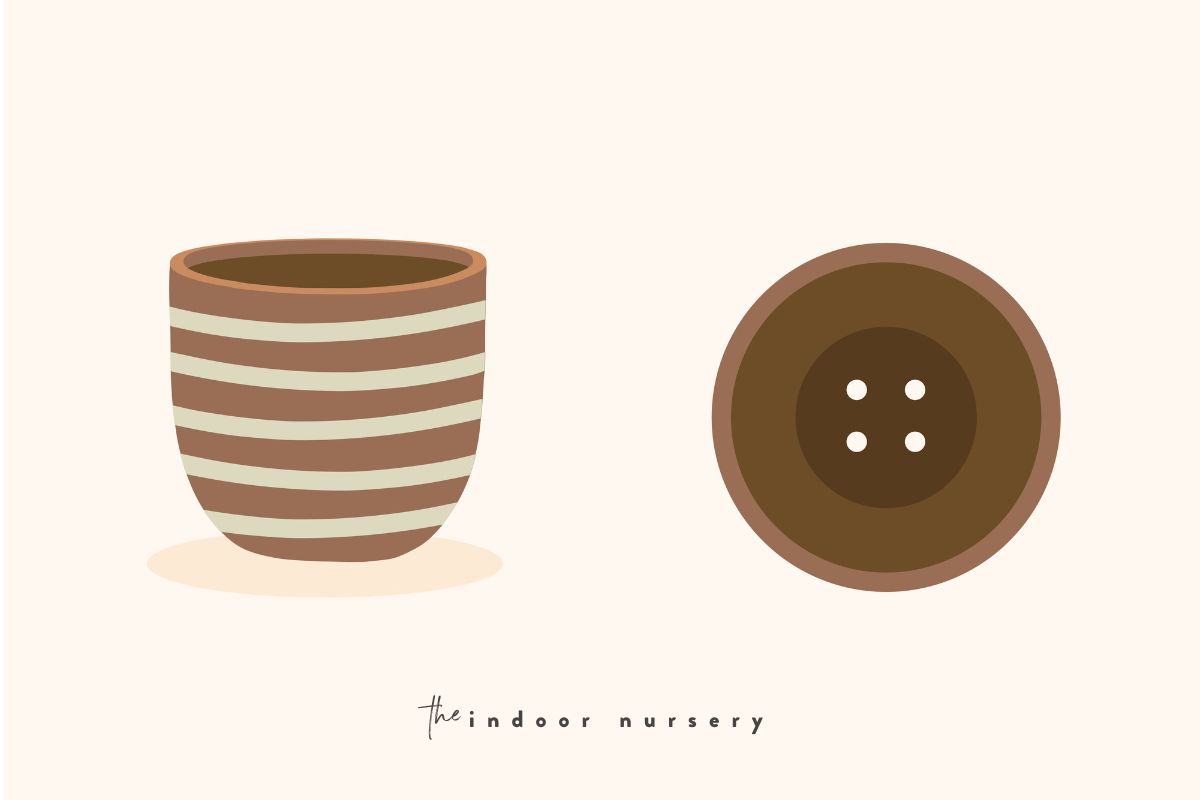
Cover the drainage holes with a porous material.
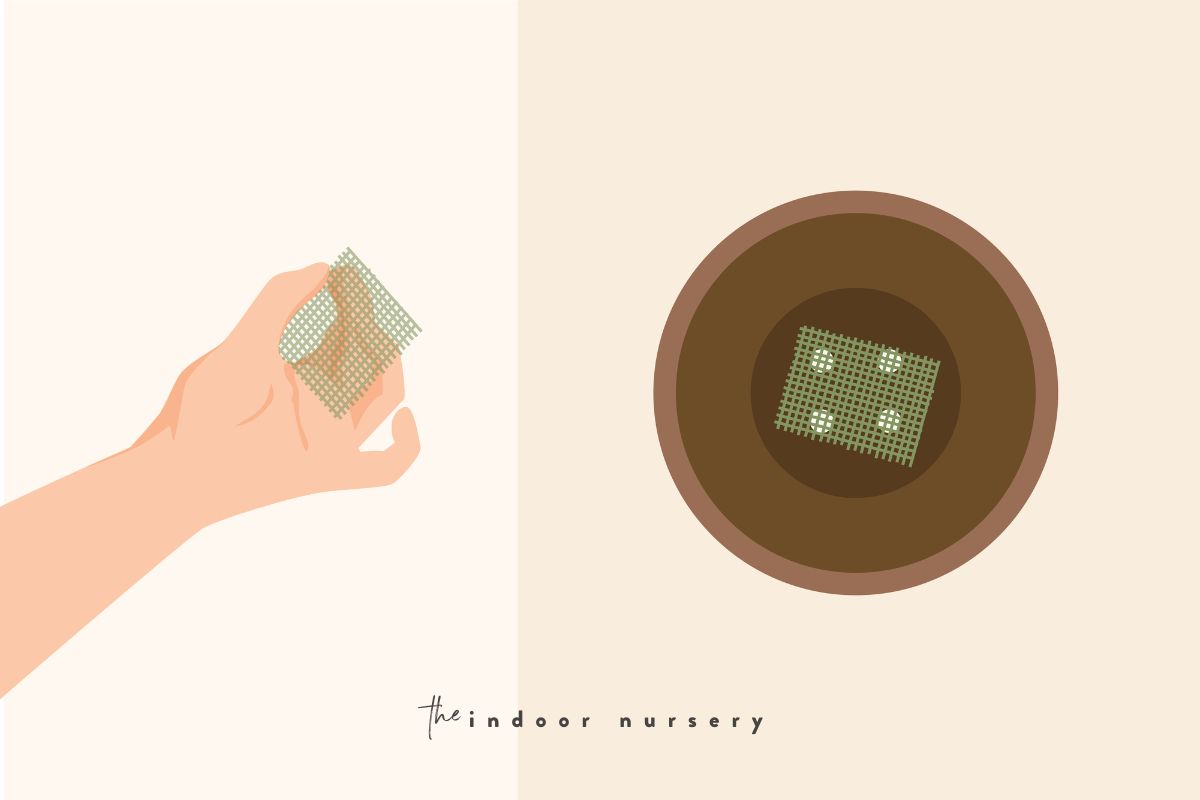
Cut off any browning leaves from the plant.
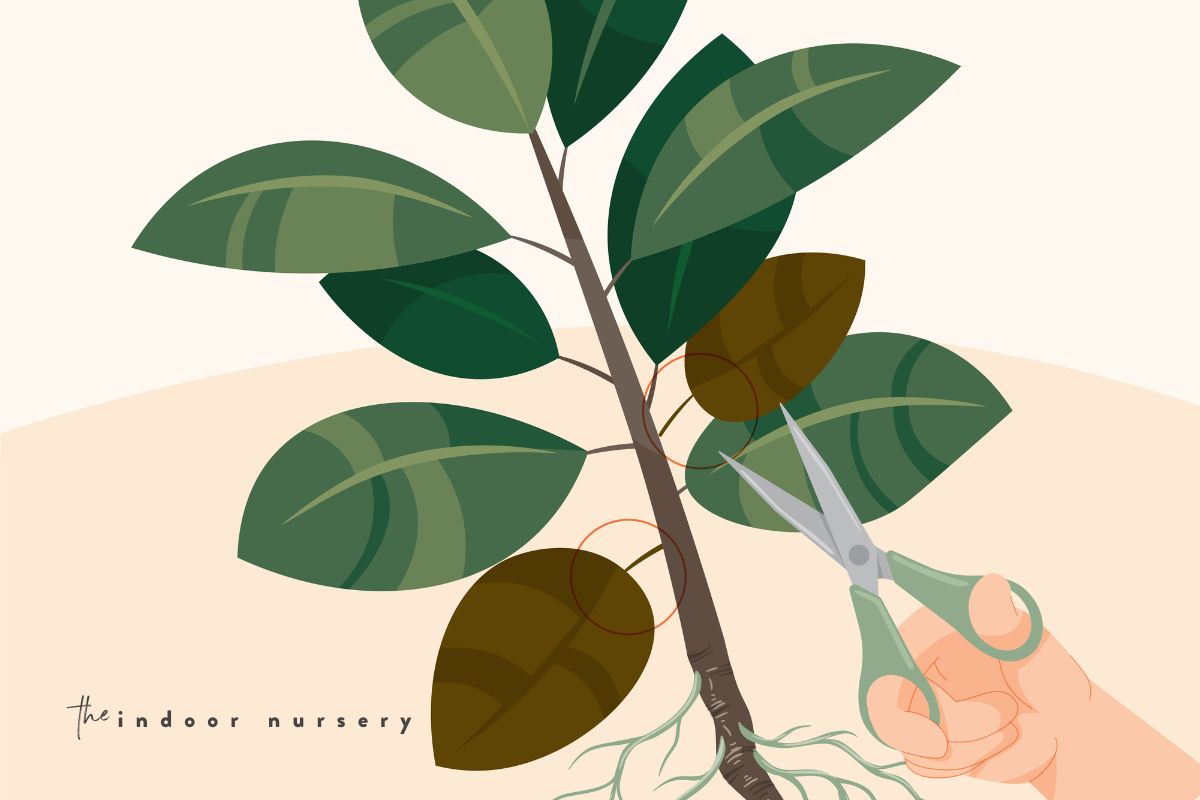
Fill the pot with fresh soil specific to your plant.
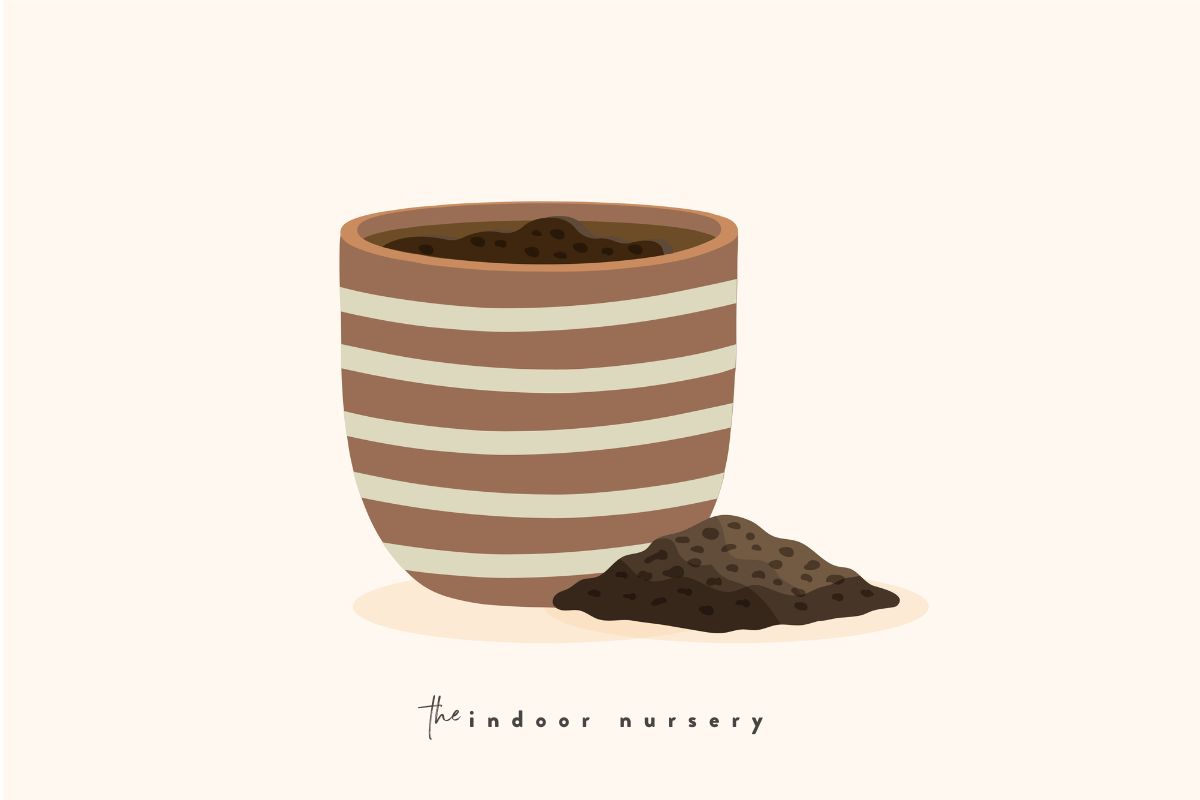
Sprinkle the roots with fungicide solution, or a natural solution such as cinnamon.
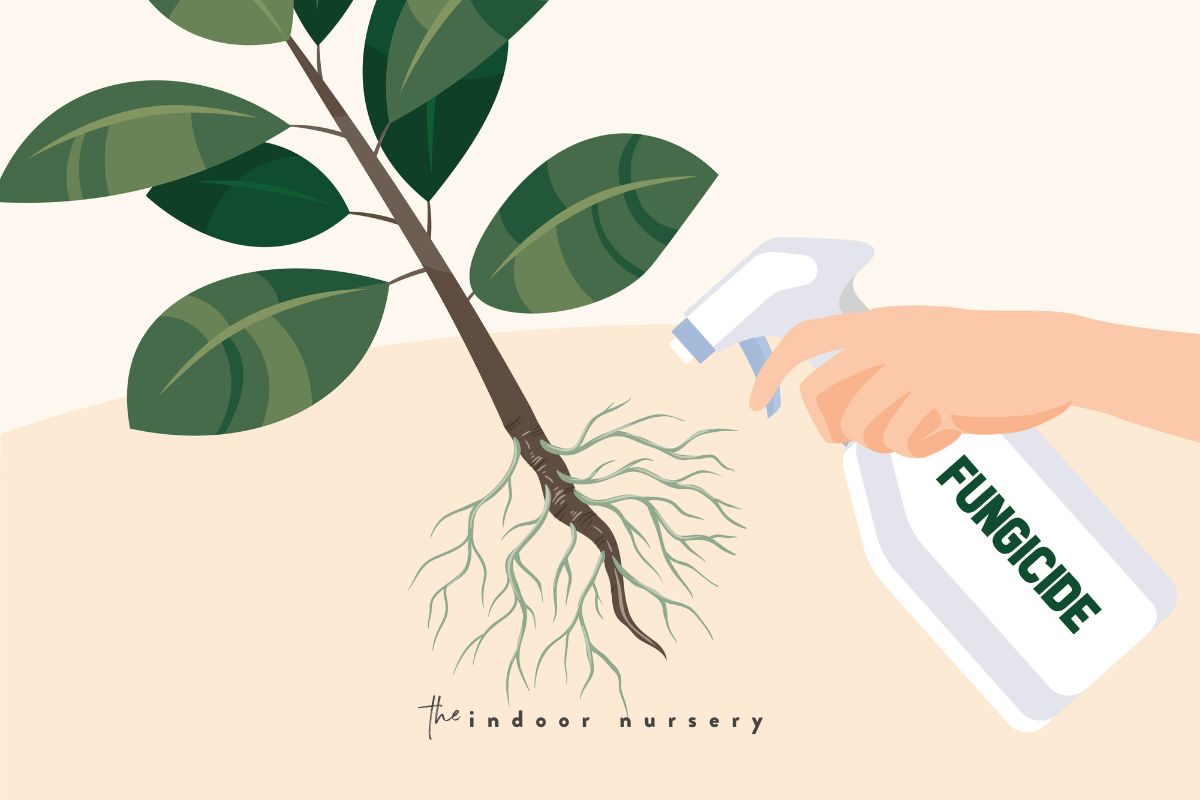
Re-pot in the new soil. Do not reuse soil.
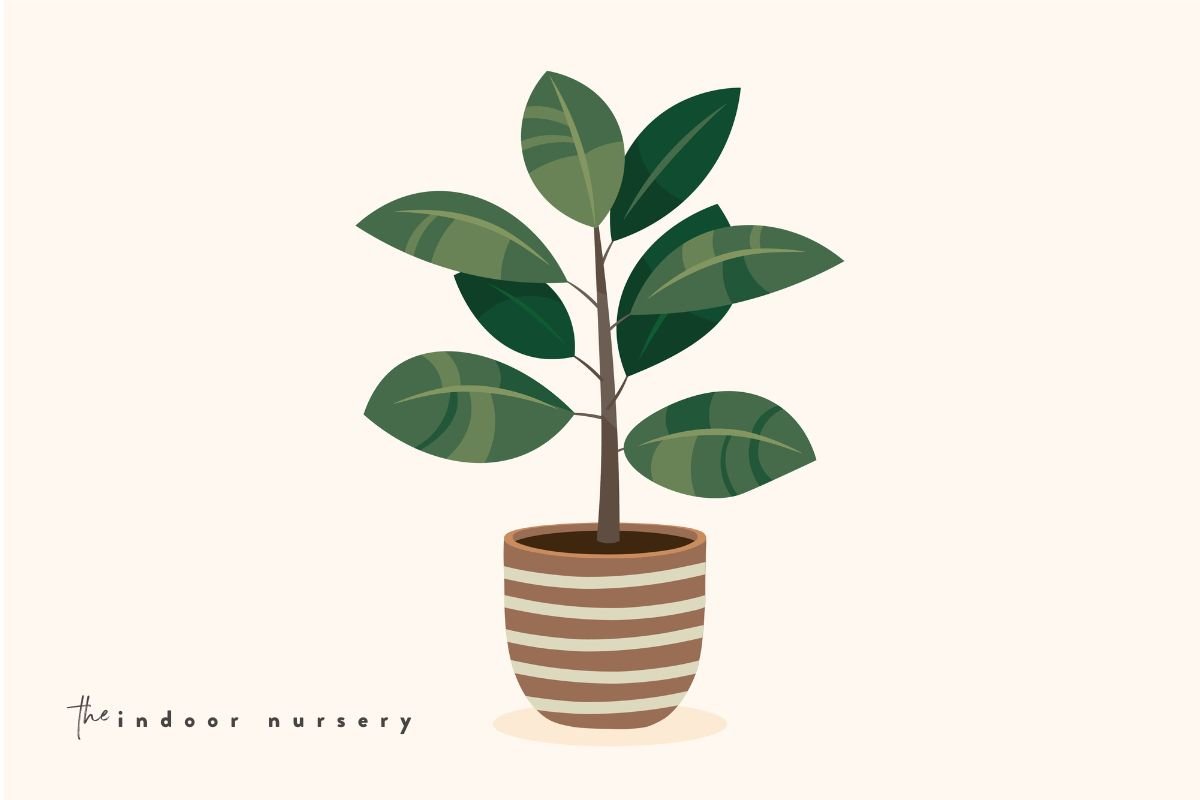
Water thoroughly then let soil become mostly dry before watering again.
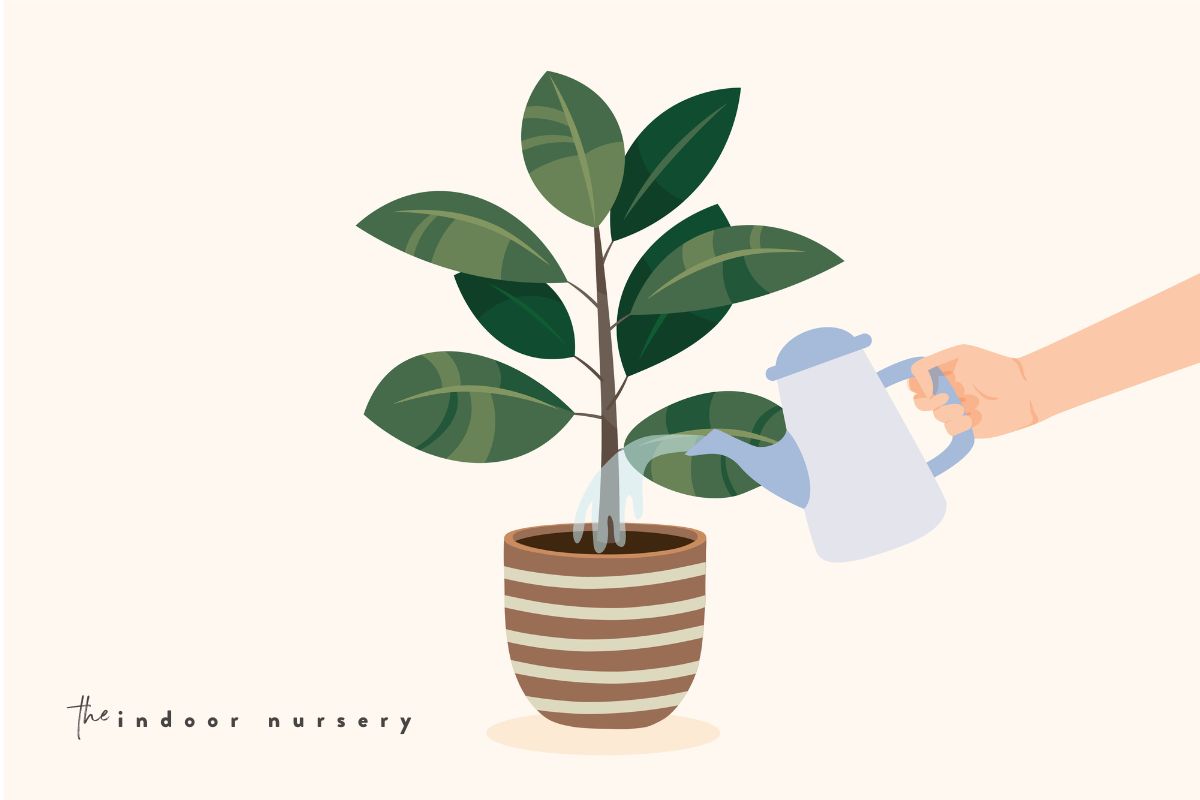
What causes root rot?
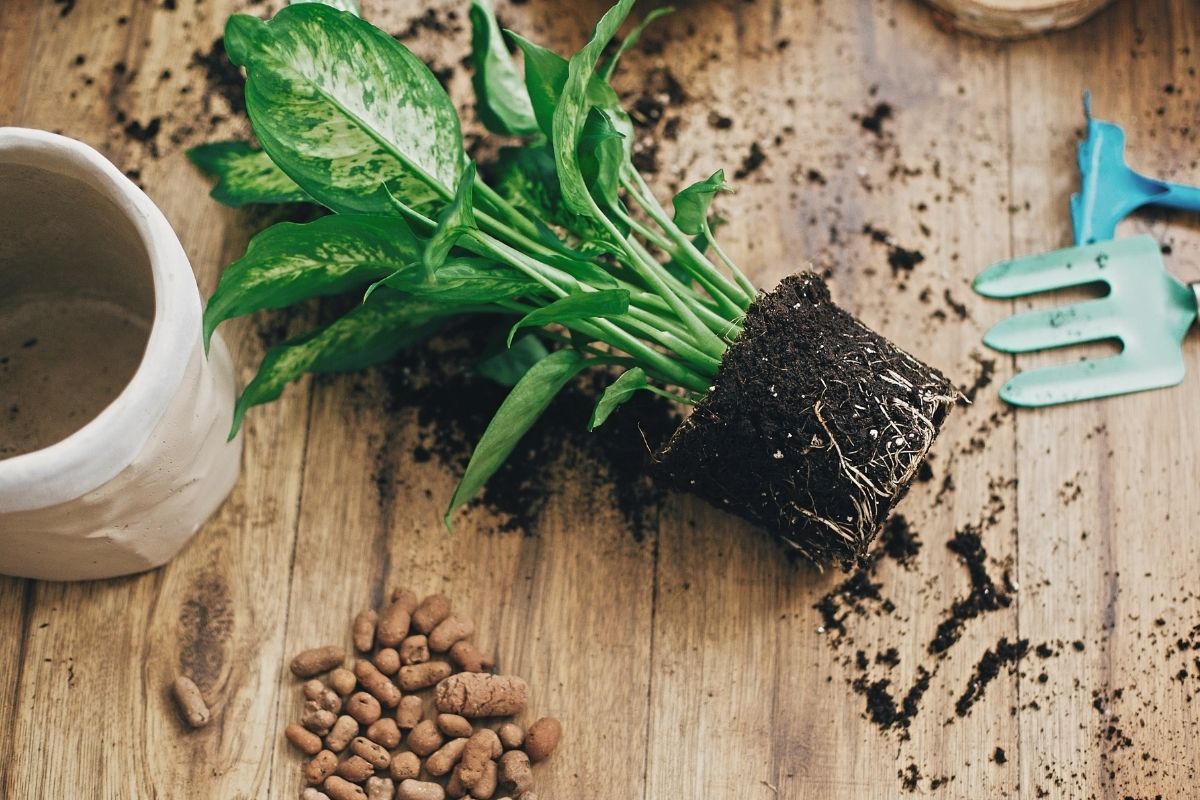
Root rot is generally caused by suffocation of the roots, leading them to die and decay. Even if only a few of the roots become waterlogged and rotted, they can infect the healthy roots and quickly lead to problems in the entire plant.
When the roots become weakened from wet conditions, fungi have an easier time taking hold of the roots and attacking the plant.
Root rot can be caused by several factors contributing to overly moist conditions and fungal growth. The most common of these include:
- Dormant fungi. Sometimes, fungal spores are sitting dormant in the soil for long periods of time. Dry soil conditions are not an optimal condition for them to thrive, so they do not try to attack the plant roots. However, as soon as the conditions become overly moist and the plant roots are vulnerable, the fungi can spring into the attack and quickly cause root rot.
- Overwatering. Perhaps the most common cause, overwatering can prevent the plant soil from ever drying oil. When this is the case, the pores in the soil that previously allows the roots to absorb oxygen are saturated with water. This leads the roots to become waterlogged and decay.
- Lack of root oxygen. When roots are exposed to soggy conditions for long periods of time, they are not able to stay healthy. The roots will quickly decay and rot, and over time infect healthy roots as well.
- Poor drainage. Poor drainage is another reason for overly moist soil. Even if you are keeping an appropriate watering schedule, poor drainage can lead to water lingering in the soil. It is best to make sure the soil is not overly compact and there are holes in the bottom of the pot to allow excess water to escape.
- Inappropriate pot size. When the pot is too big for the plant, the soil can hold more water than the plant can absorb. This leads water to linger and the soil to become oversaturated, suffocating the roots of the plant.
How to prevent root rot
Preventing root rot is much easier than treating root rot. When fungi or rot take hold, plants can quickly take a downward turn. Lucky for us, the tricks of the trade here are pretty straightforward. While it is not 100% foolproof for preventing root rot, it significantly lowers the chances of your plant falling victim to this pesky condition.
- Do not overwater your plant. We know this one is tricky. It seems like water would always be a good thing for your plant, but that is sadly not the case. Overwatering quickly leads to the roots suffocating and rot or fungi setting in. To make sure you are watering your plant the right amount, look up care instructions online for your specific plant. It is a good rule of thumb to let soil dry or mostly dry between watering. If you are experiencing problems, try to water a little less than what you are and see if there are positive changes.
- Do not reuse old soil. While reusing soil can seem like an environmentally friendly choice, it can actually increase the chances of root rot. Fungal spores can hide in the soil and lie dormant for long periods of time. When conditions are right—such as the soil becoming overly moist—the fungal spores can leap into action and attack the roots of the plant.
- Disinfect pots before using. Just like the soil, pots can harbor fungal spores that are lying dormant until the conditions are right. By disinfecting the pot, you are minimizing the exposure to potential fungi for your plant.
- Use a water meter. A water meter can tell you instantly whether your plant needs water. This measure is generally accurate enough for the average gardener and can save you a lot of stress.
The bottom line
Understanding the causes, treatment, and preventative measures for root rot can help make sure your plants thrive. Plants have an amazing ability to remind us of our connection to nature and leave us feeling positive at the end of the day, not to mention their air purifying effects!
Plants are associated with all sorts of benefits including decreased stress, decreased fatigue, increased creativity, increased productivity, and better airflow. What a line-up!
While keeping plants alive and happy can seem like a daunting task, following a few simple tricks can ensure you are doing your part in providing the best environment for your botanical friend. Before you know it, you’ll be telling everyone about your green thumb!
more about root rot
- How to prevent and treat Monstera root rot
- Snake plant root rot (and how to save it)
- Don’t let Philodendron root rot get you down. Here’s what to do.
- Got spider plant root rot? Here’s how to save your plant.
- How to fix root rot: signs, symptoms, and how to save your plant
- Pothos root rot: what to look for and how to fix it

